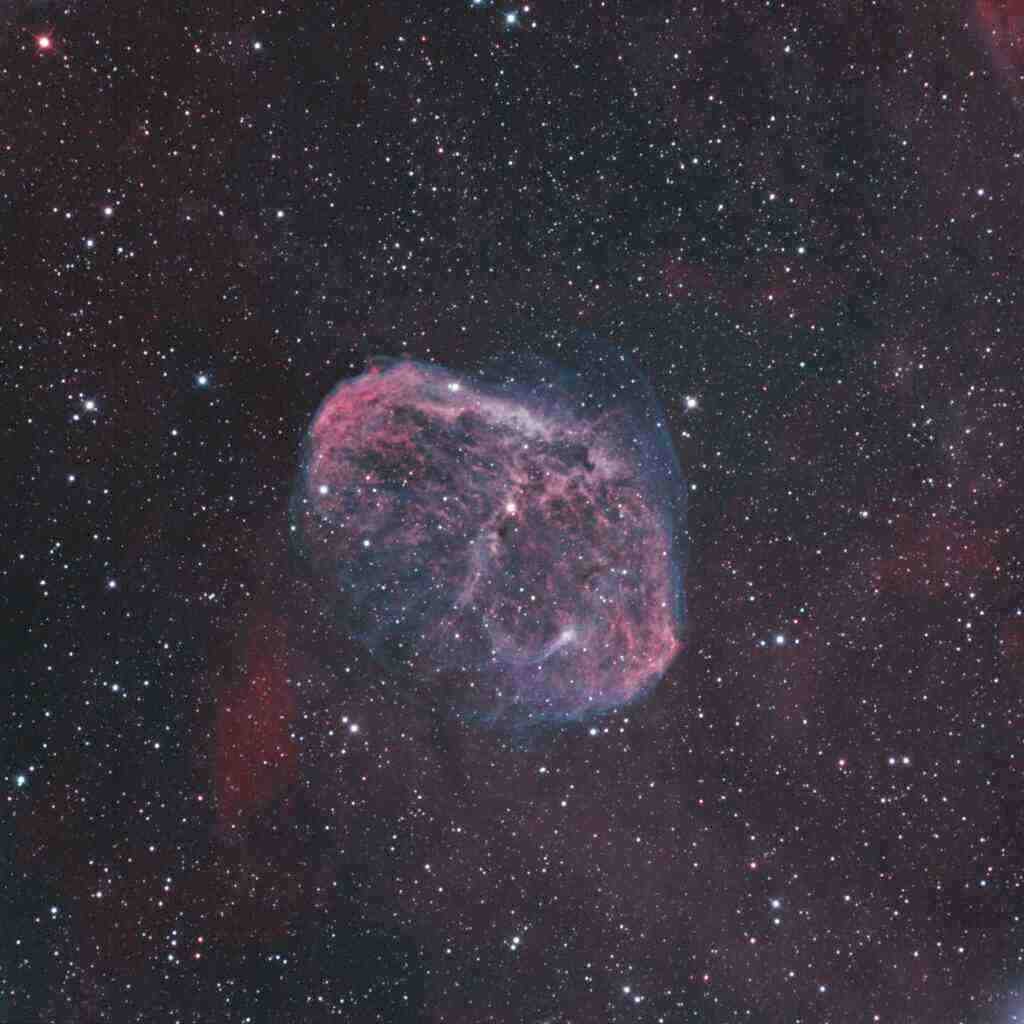A Voyage into the Early Universe: Unraveling the Enigmatic Shapes of Distant Galaxies
In the vast expanse of the cosmos, countless galaxies, each a symphony of stars and celestial phenomena, dance gracefully across the fabric of space and time. For centuries, astronomers have sought to unravel the mysteries surrounding these galactic wonders, their origins, and their evolution. With the advent of advanced space telescopes like NASA’s James Webb Space Telescope (JWST), a new era of astronomical exploration has dawned, allowing us to peer into the distant reaches of the universe and decipher the secrets of galaxies in their infancy.
Flat and Elongated Galaxies in the Early Universe: A Surprising Discovery
A recent study conducted by researchers at Columbia University, delving into images captured by the JWST, has unveiled a startling discovery: galaxies in the early universe often exhibit flat and elongated shapes, resembling breadsticks rather than the familiar round forms we commonly observe in present-day galaxies. This finding challenges long-held assumptions and sheds new light on the formation and evolution of galaxies in the cosmos.
Key Findings: Unveiling the Unique Characteristics of Early Galaxies
* Dominance of Flattened Galaxies: The study examined a vast collection of near-infrared images obtained by the JWST’s Cosmic Evolution Early Release Science (CEERS) Survey. Focusing on galaxies that existed when the universe was a mere 600 million to 6 billion years old, the researchers discovered that a significant majority, approximately 50% to 80%, displayed flattened structures.
* Breadstick-Shaped Galaxies: A striking observation was the prevalence of galaxies with long, thin shapes, akin to breadsticks. These breadstick-shaped galaxies were surprisingly common in the early universe, contrasting sharply with their rarity among galaxies in the present era.
* Departure from Spherical Symmetry: The flattened and elongated shapes of these galaxies deviate significantly from the spherical symmetry often associated with galaxies in the present-day universe. This departure from symmetry suggests that the early universe was characterized by unique physical processes that shaped the formation and evolution of galaxies.
Implications and Significance: Reshaping Our Understanding of Galaxy Formation and Evolution
The discovery of flattened and elongated galaxies in the early universe has profound implications for our understanding of galaxy formation and evolution. It challenges existing theories and models that predict a dominance of round, symmetric galaxies in the early epochs of the universe.
* Challenging Theoretical Models: The prevalence of flattened and elongated galaxies in the early universe poses a challenge to theoretical models that assume a predominantly spherical distribution of galaxies. These observations necessitate a revision of existing models to account for the observed diversity of galaxy shapes.
* Insights into Galaxy Formation Processes: The study provides valuable insights into the physical processes that govern the formation and evolution of galaxies. The flattened and elongated shapes of early galaxies suggest the influence of factors such as interactions, mergers, and the interplay of gravitational forces, shaping the morphology of these cosmic structures.
* Evolutionary Pathways: By studying the shapes of galaxies in the early universe, astronomers can trace their evolutionary pathways and gain insights into how they transform into the diverse array of galaxies observed in the present day. This knowledge contributes to our understanding of the intricate cosmic tapestry and the mechanisms that sculpt the universe’s grand design.
Future Directions and Ongoing Research: Unraveling the Mysteries of the Early Universe
The discovery of flattened and elongated galaxies in the early universe opens up exciting avenues for future research and exploration.
* Extended Surveys and Larger Samples: Expanding the sample size and conducting surveys of larger regions of the early universe will provide a more comprehensive understanding of the prevalence and distribution of these unusual galaxies.
* Multi-Wavelength Observations: Employing a multi-wavelength approach, combining data from different telescopes and instruments, will allow astronomers to probe the physical properties, star formation rates, and dynamics of these galaxies, providing a more holistic view of their nature.
* Simulations and Modeling: Advanced computer simulations and modeling techniques can be employed to investigate the formation and evolution of flattened and elongated galaxies, testing theoretical models and gaining insights into the underlying physical processes.
Conclusion: Unveiling the Secrets of Cosmic Origins
The discovery of flat and elongated galaxies in the early universe, as revealed by the James Webb Space Telescope, is a testament to the transformative power of astronomical observations in shaping our understanding of the cosmos. By unveiling the unique characteristics of these early galaxies, astronomers are gaining valuable insights into the intricate processes that govern the formation and evolution of galaxies, shedding light on the enigmatic origins of the universe’s grand tapestry. As future observations and research continue to unveil the secrets of these cosmic breadsticks, we move closer to unraveling the mysteries of the early universe and its profound implications for our understanding of the cosmos.
